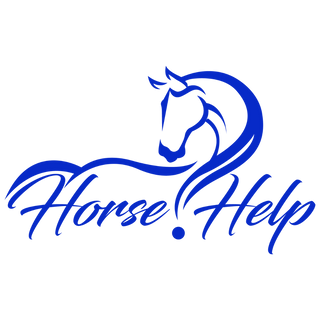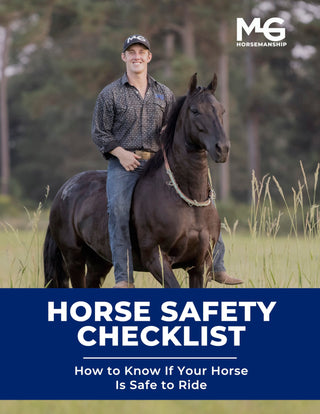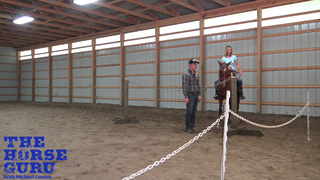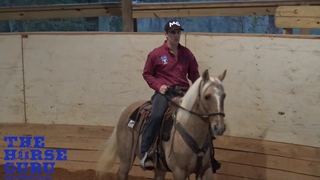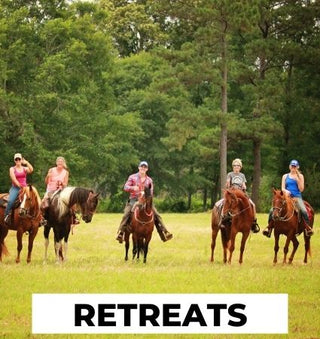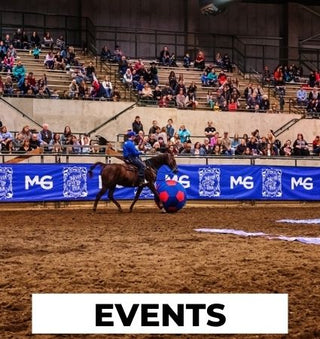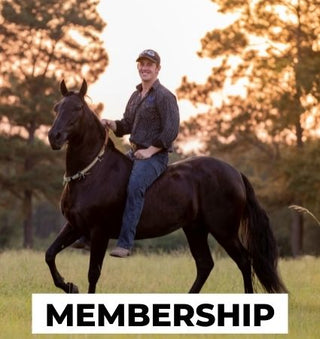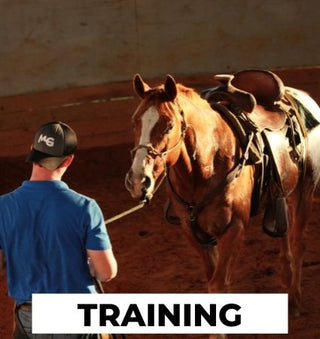Watch the Video Here or continue reading below!
When it comes to working with horses using natural horsemanship, the right tools — and the right placement — make all the difference. At the forefront of this approach is Michael Gascon, known as The Horse Guru, who emphasizes clear communication and humane control using simple, effective equipment like the MG Halter.
In this post, we’ll break down his expert advice on noseband placement, rope halter use, and how to adjust your technique depending on your horse’s behavior — whether you're leading, training, or riding.
Why Use a Natural Horsemanship Rope Halter?
Subtitle: The benefits of using a rope halter over traditional tack.
Rope halters, especially the ones used in natural horsemanship, offer precision without relying on harsh mechanics. Michael Gascon uses his MG Halter on every horse — no matter the breed, discipline, or behavior — because of its simplicity and effectiveness.
Unlike bulky traditional halters or stud chains, a rope halter works through pressure and release, making it a humane and powerful tool for clear communication.
Ideal Noseband Placement on Your Horse's Face
Subtitle: How to correctly position your halter for training or riding.
The number one question Michael gets is:
"Where do I place the halter on my horse's face?"
Here’s the quick answer:
👉 Between the eyes and nostrils — right in the middle — is a great starting point for most horses.
If you're simply leading or riding your horse using the halter, this neutral position allows for balance between control and comfort.
When to Lower the Noseband for Better Control
Subtitle: More leverage doesn’t mean more pain — it means more clarity.
If you're dealing with a horse that’s particularly heavy, dominant, or difficult — such as a tough stallion — you don’t need chains or gimmicky gadgets. You just need to lower the halter slightly on the nose.
🔽 Lower noseband = more leverage and clearer communication.
This allows for increased control without increasing pain.
Michael explains that the lower you go on the nose, the more effective the pressure becomes. It’s not about being harsh — it’s about being precise.
Debunking the Myth: “You’ll Break the Horse’s Nose”
Subtitle: Separating facts from internet fearmongering.
Many horse owners hesitate to use lower noseband placement due to warnings they’ve read online. Michael addresses this concern head-on:
“People say, ‘Oh my gosh, Michael, I read on Google you’ll break their nose!’ — But I’ve never seen it happen. Not in my experience, not in my dad’s, and not in my granddad’s.”
According to Michael, you’d need a mechanical hackamore or leverage bit with a curb chain to even come close to causing damage. With a simple rope halter, your physical strength just isn’t enough to harm the horse.
Why the Nose is the Key to Control
Subtitle: What 2,500-pound bulls can teach us about horses.
Michael points out a great analogy:
“Where do they lead a 2,500-pound bull from? Right here in the nose!”
This sensitive yet resilient area gives you maximum influence with minimal effort. That’s why correct halter placement — even slightly lower when needed — can be a game-changer for groundwork and riding.
Adjust Based on Your Horse’s Behavior
Subtitle: Use pressure when you need it, and lighten up when you don’t.
Once your horse starts responding well — like Michael’s well-trained horse Tito — you can raise the halter back up to make things easier.
The principle is simple:
🔁 More resistance? Lower the halter.
✅ More responsiveness? Raise it up.
This approach rewards your horse for good behavior and helps create a willing, respectful partnership.
Final Thoughts: Achieve Better Communication with the MG Halter
Subtitle: Simple adjustments, powerful results.
The MG Halter isn’t just another piece of tack — it’s a tool for crystal-clear communication. With correct noseband placement and timing, you’ll have a responsive, respectful horse without needing harsh gear.
